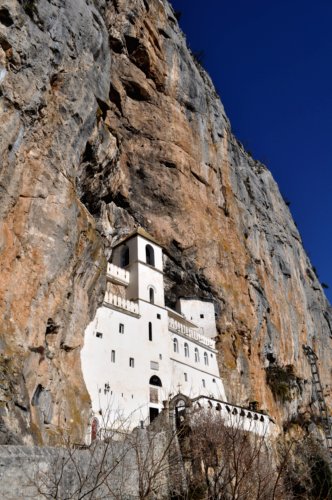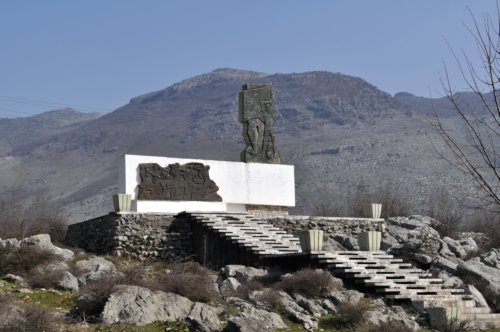Our primary goal of heading back to Brno, was to catch up with the friends we had made there, this goal was definitely achieved. Things haven't changed too much since we were last living here, some new buildings, new roads partly done, but apart from the public transport going up in price its still the same lovely "biggest village on earth".
Brno has a lot to offer for tourists, that are sick of paying too much in Prague and trying to compete with the drunken stag do's from England. During our visit, we went to the Brno Dam and Lake. This area is very pretty esepcially in the summer, with the lake in front and shade from the trees. I recommend after getting off from the tram that you head to the right, as you can see the actual dam (which I learned was completed by Hilter, and there is also a remanent of the highway he was attempting to build), and it has less road noise. Sadly when we were there the ferry was not working (which is a bit expensive anyway), however, we went off to Veveri Castle by car. The castle doesn't have a major historical importance (just general hunting, spoilt rich folk place to stay, and control people from), however I actually enjoyed the view and the layout more than Brno Castle. Here it now looks onto the Dam Lake, and is perched on top of a neat hill. We only got to explore the old garden (which at one point had a mini train running in it) as well as, the old greenhouse, which were in their original crumbling state, and right by the front gate. This was actually quite amazing to see and visualise how it would have looked once upon a time.
Apart from the Dam area, Brno itself is full of many different attractions (read other entries for more details), most of which can be found nice and centrally. Namesti Svobody, is the main square and coming off from there nearby are the castle, tower, cathedrals, and my recommended capuchin monastery (really random remains from the monks that due to the cellar conditions were mummified - very cool!). Despite all this awesomeness one of my favourite and not too visited areas is Konecneho Namesti. The buildings on this square and the roads immediately off from it are my favourite in Brno. The detail and decedance displayed here, is amazing. each window has a different statue face, engaged volutes, gods and goddesses, just to name a few of the amazing features. It is also here that we caught up with friends, as just off the square is our favourite restaurant Pegas (the small one). Best food in Brno. And conviently just off a different street from it is Sklipecek, the best wine cellar in Brrno. Its bascially a bar that only sells wine and really good stuff at that. Here is where we caught up with mates from previous experiences, and had a very lovely night.
The next day we explored a new thing (for myself at least, and Martin got to do the boat ride this time) the Moravian Karst. We had previously been here, but the tours were closed and we were unable to enter the caves. There are over 1000 caves in the area but only 5 are publically available. We went to Punkevni Caves, which are the best in the area as the main opening is a massive arch with different cave areas coming off from it. The formations in the caves were amaznig (as are every cave) although in particular there was a very high proportion of curtains/fans of extreme magnificance. Part of the tour also includes a boat ride through the actual ceiling area of a different part of the caves. Lovely day trip from Brno. However ensure that you get there early, so rather than paying almost another ticket worth to get the stupid train thing, you can walk the 1.3 km to the main entrance (you have to park a bit away sadly).
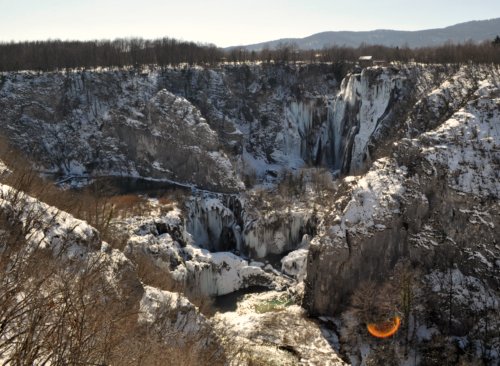
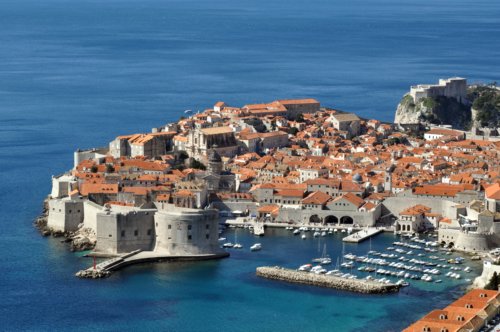 After getting in from Montenegro, we had the pleasure to explore the coastal region of Croatia. Our first stop was Dubrovnik. The old part of town enclosed within the walls was very nice and we had an amazing view over it as we approached. It was sad to learn that most of the buildings were actually new as they were badly damaged during the war. We arrived at a good time it seemed as there was the end of a festival going on, and there was a stage with a lot of kids dressed up with various themes. Not quite sure what it was all about, but was nice to see.
After getting in from Montenegro, we had the pleasure to explore the coastal region of Croatia. Our first stop was Dubrovnik. The old part of town enclosed within the walls was very nice and we had an amazing view over it as we approached. It was sad to learn that most of the buildings were actually new as they were badly damaged during the war. We arrived at a good time it seemed as there was the end of a festival going on, and there was a stage with a lot of kids dressed up with various themes. Not quite sure what it was all about, but was nice to see.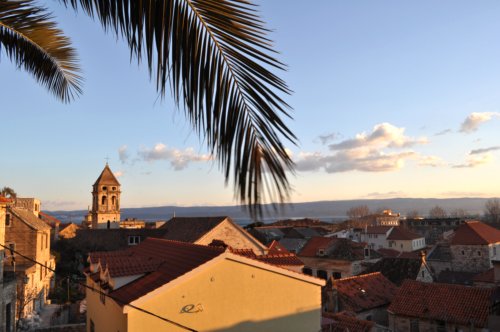 The mountains are also interesting to look at, as they in general do not have many trees on them, and are quite rocky (of course mountains are made of rock, however they looked like they are composed of piles of them).
The mountains are also interesting to look at, as they in general do not have many trees on them, and are quite rocky (of course mountains are made of rock, however they looked like they are composed of piles of them).